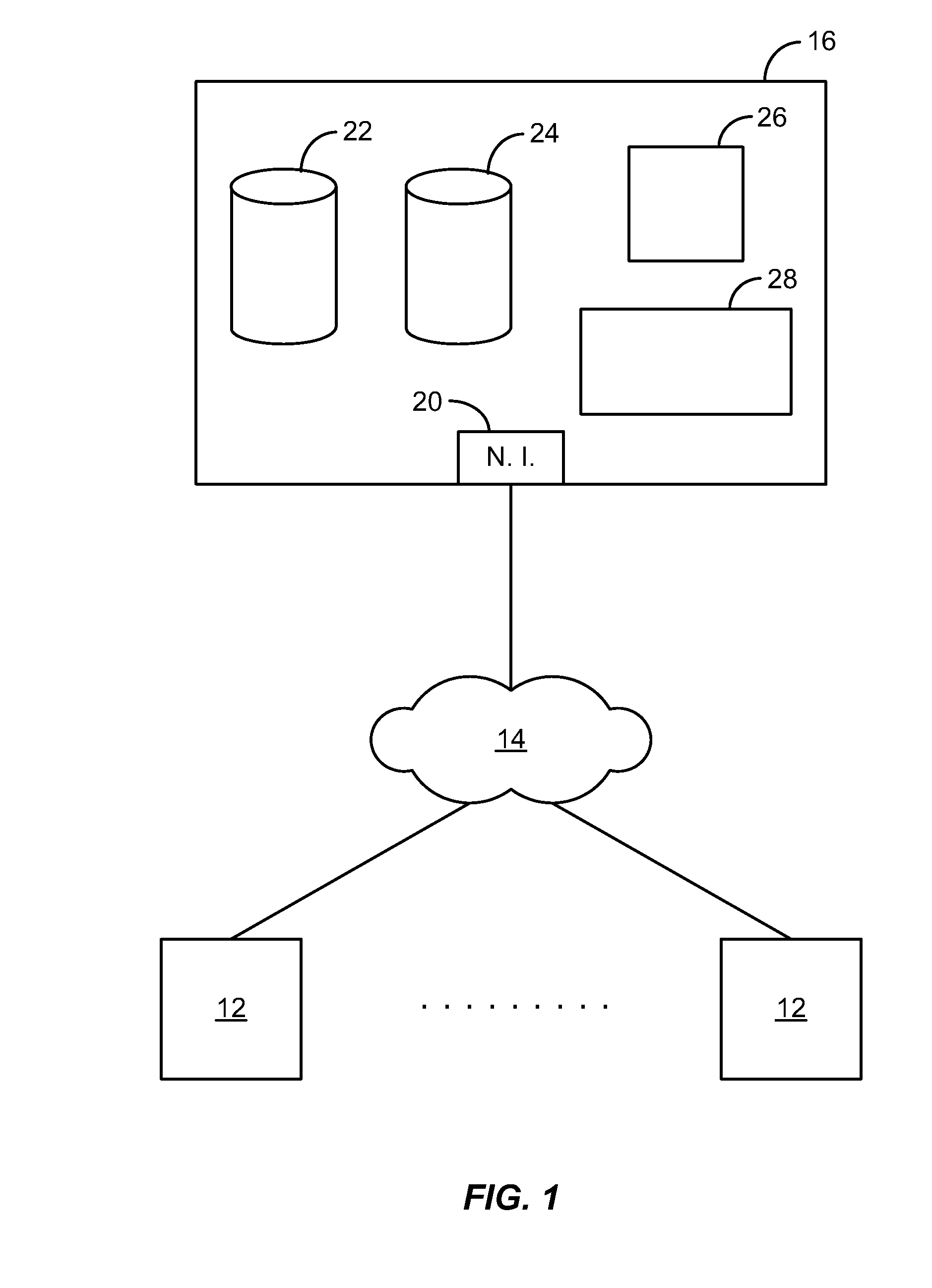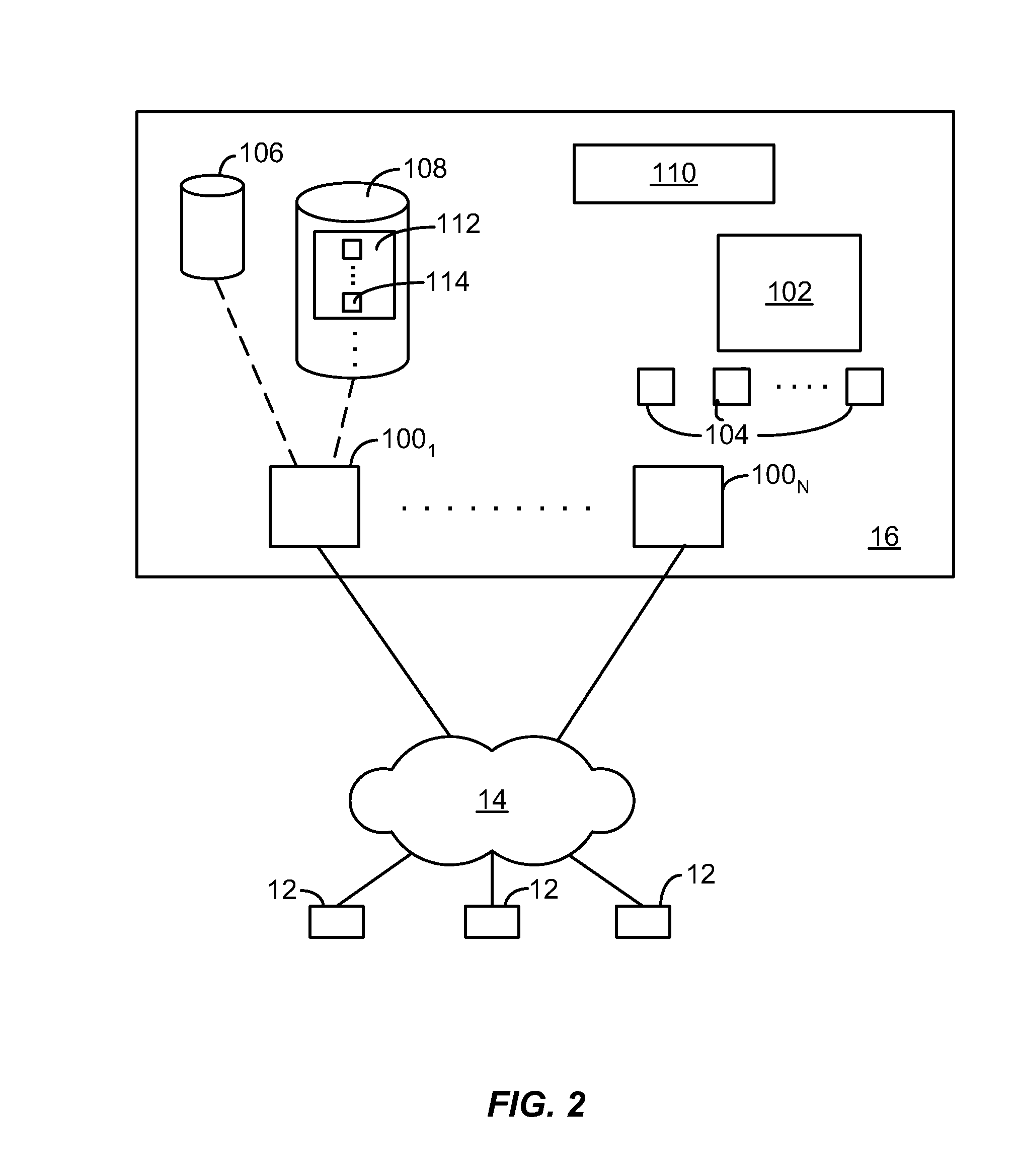Custom entities and fields in a multi-tenant database system
a database system and multi-tenant technology, applied in the field of multi-tenant databases, can solve the problems of inability to maintain all of these schema objects, inability to support online ddl, and inability to reach the end user,
- Summary
- Abstract
- Description
- Claims
- Application Information
AI Technical Summary
Benefits of technology
Problems solved by technology
Method used
Image
Examples
specific examples
[0070]FIG. 7 illustrates an example of a standard entity table 700 including standard columns 703 and custom field columns 713, as well as examples of actual data values for multiple organizations. As shown, the standard table 700 represents an Account entity having a standard name field and other standard fields 703. In this example, ABC Corp. (identified by “00d1” in org id field 701) has defined a custom column for “account web address” that has been allocated to the val0 column. The data type for this custom field is defined as text. Additionally, ABC Corp. has defined a second custom field for “account stock price”, which has been allocated to the val1 column, and a third custom field for “account ticker symbol”, which has been allocated to another column. The data types for these columns are number and text, respectively. Similarly, 123 Corp. (identified by “00d2” in org id field 701) and XYZ Corp. (identified by “00dN” in org id field 701) have each defined a custom field for...
PUM
 Login to View More
Login to View More Abstract
Description
Claims
Application Information
 Login to View More
Login to View More - R&D
- Intellectual Property
- Life Sciences
- Materials
- Tech Scout
- Unparalleled Data Quality
- Higher Quality Content
- 60% Fewer Hallucinations
Browse by: Latest US Patents, China's latest patents, Technical Efficacy Thesaurus, Application Domain, Technology Topic, Popular Technical Reports.
© 2025 PatSnap. All rights reserved.Legal|Privacy policy|Modern Slavery Act Transparency Statement|Sitemap|About US| Contact US: help@patsnap.com



